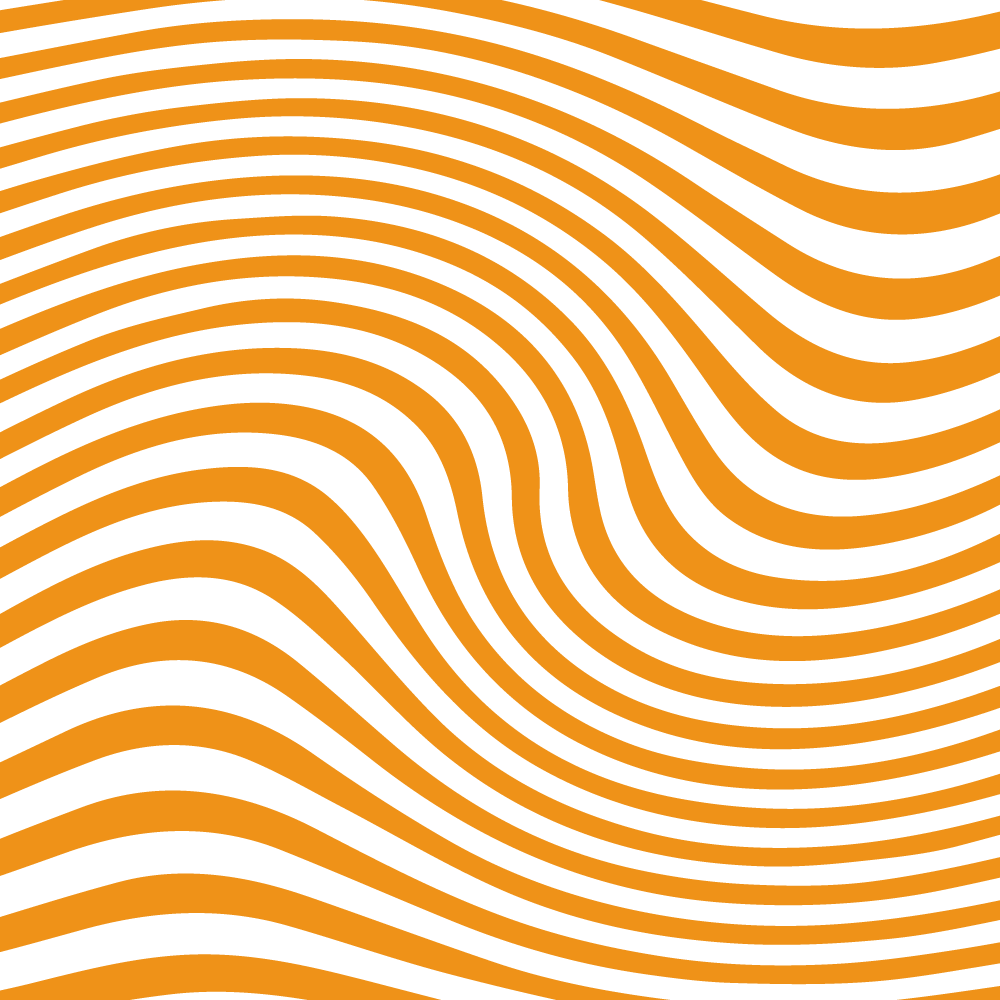Common Golf Injuries - Low Back Pain [SERIES 1 of 4]

We had so many golfers come in with back pain, we were almost forced to create our 12-week golf offseason program. EVERY golfer had some sort of back pain, and we needed a way to fix the masses. Make sure you check it out.
The most common golf-related injury is low back pain. This injury most commonly results in a sprain or strain, joint dysfunction, or disc pathology. Research on thousands of golfers has shown 4 primary factors that are present in golfers who develop back pain. This includes a BMI <25.7, yes a low BMI is at higher risk, meaning tall and slender golfers experience more back pain than shorter heavier golfers. The next factor is having a difference of side plank endurance by >12 seconds from dominant side to nondominant side. The third factor is having reduced lead leg hip internal rotation, so for right handed golfers this would be a limitation in left side internal rotation which affects the follow-through. The final factor is restricted hip flexors.
So what does all of this mean? First, you need to assess yourself.
It also gives me, as a golf Physical Therapist a great idea of injury prevention for the low back. It also gives me a great plan of action for those coming to me already having back pain in their swing. Of course, I cannot change someone’s stature to raise their BMI, and the solution is definitely not to gain weight to raise the BMI as that is less a factor of weight and more of height in this situation. But it will give me a sense of who is more likely at risk of this pain to get ahead of it in our program.
This would mean taking a mobility focus at the lead hip rotation and the hip flexors to reduce the strain of restriction that is caused by limitations here. In combination with oblique core stability we can get ahead of some of these primary risk factors.
These 3 mechanical issues are certainly not the end all be all of the back pain but they are a great place to start. I find with the addition of core stability training, segmentation of the low back and thoracic spine, rotational sequencing and control, and hip hinge strength that the back can be protected in such a repetitive sport.


